Think of an empty house and imagine making it your own. In terms of furniture, art and decorative objects, where would you begin? And when it comes to antiques, what is the one piece that the house must have above all else? What key antique piece makes a home interesting, comfortable and stylish?
You might think of something practical – a Knole sofa, say – or perhaps it’s one of the first antiques you ever acquired that has moved with you from house to house. Maybe it is a work of art that will dictate your decorating scheme.
Some of us have houses where almost the entire contents date to pre-1900, while some of us blend old and new furniture and art. But is there one antique that every home should have?
Most of the experts we interviewed agreed that this is a tricky question we’ve posed, especially if you are a dedicated antiques aficionado. Some of their responses are perhaps unexpected, you may or may not agree with them – and you’ll certainly notice one item of furniture in particular rates highly.
Overmantel mirror
Expert: Polly Fern, illustrator and ceramicist
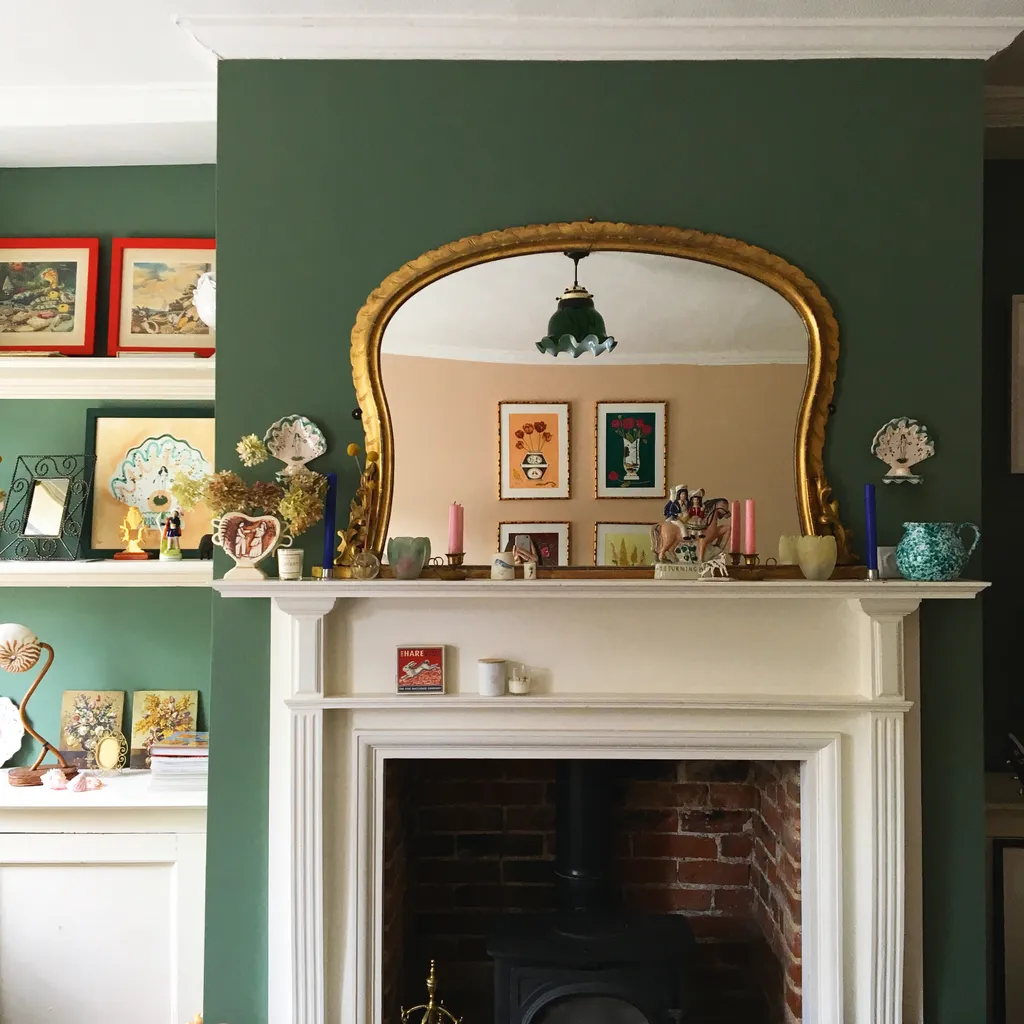
I would have to choose a statement overmantel mirror. I find it’s the heart of the room and the first thing you set your eyes on when you walk in. It pulls everything together and I think antique mantel mirrors can lend themselves well to many different styles of interior.
To style my mirror I have a pair of my handmade ceramic Venus shell sconces hanging either side. I think symmetry is important when it comes to striking mantelpieces, so I have my Romantic vases at each end and some candlesticks and Staffordshire figurines.
Wingback chair
Expert: Kate Watson-Smyth, stylist and author
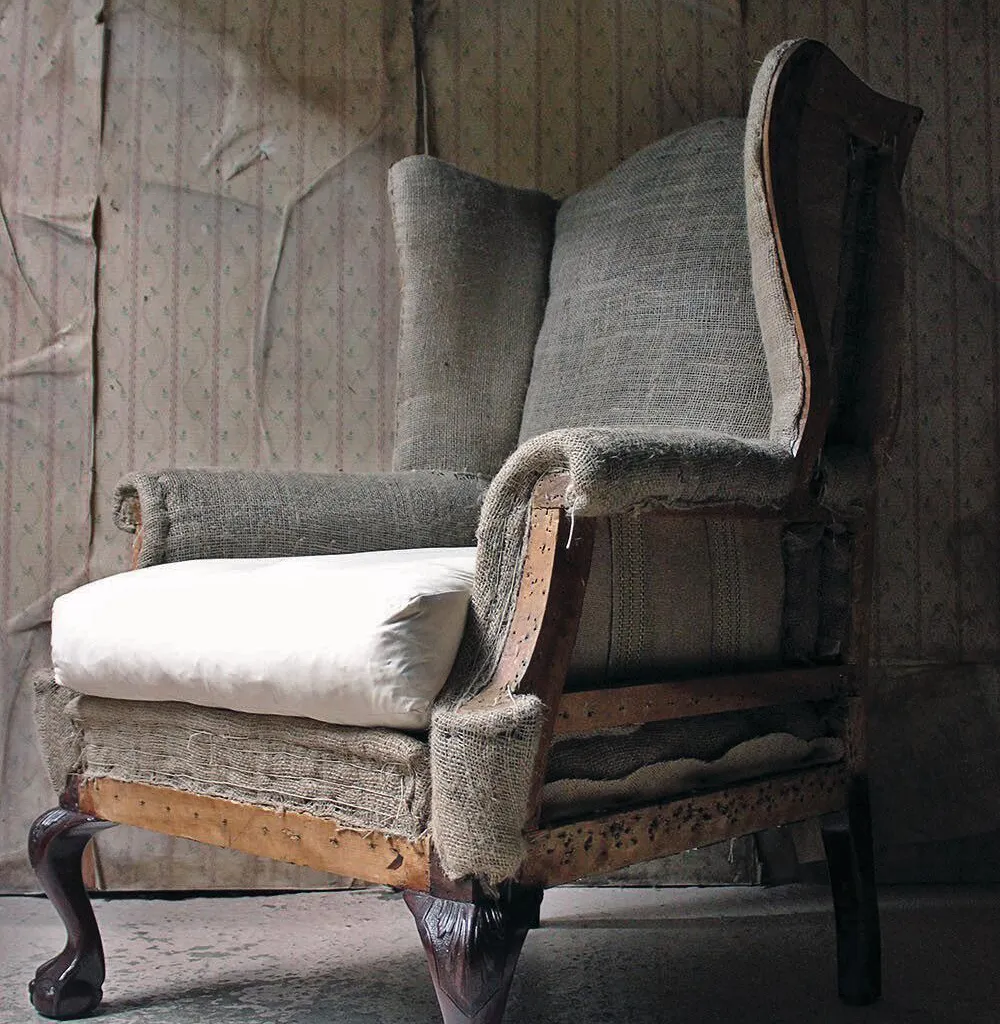
The longer I live in my house the more antiques I acquire and the more I think they are the key to making a house a home. I have antiques in every room, but the one piece I think you should always include is a wingback armchair. It doesn’t matter how battered it is when you buy it, you can always have it repaired and reupholstered – that’s part of the joy.
An antique wingback covered in modern fabric is perfect in a house of any period. They are angled nicely at the back – the rake – which makes them very comfortable. Also, I have a small sofa that belonged to my great- grandmother, then it went to my mother (who re-covered it twice in 20 years) and now I have changed it again. I wouldn’t part with it for the world.
Aubusson tapestry
Expert: Adam Hills, salvage dealer and co-founder of Retrouvius
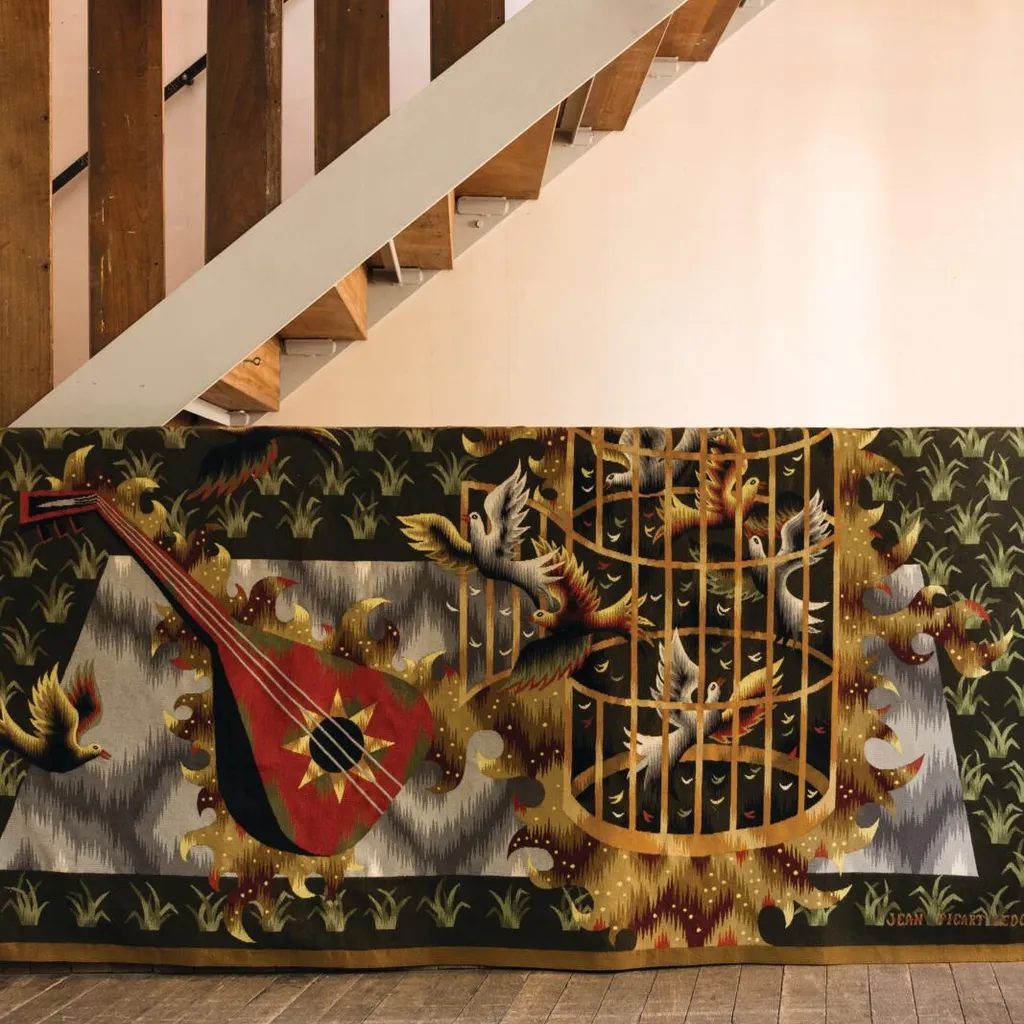
My wife Maria refuses to let us part with a tapestry in our house – a mid 20th-century French example from Aubusson. Tapestries are really coming back. Antique and vintage textiles are very much the starting point when we work on the design of an interior.
The colours in the textiles can dictate the scheme of the room. And at antiques fairs and markets, you can find rugs, curtains and clothing that not only have great colours you can work with, but also textures. I’m all about materiality and tactility in a home – the things and surfaces you touch.
Mirror
Expert: Hana Snow, stylist
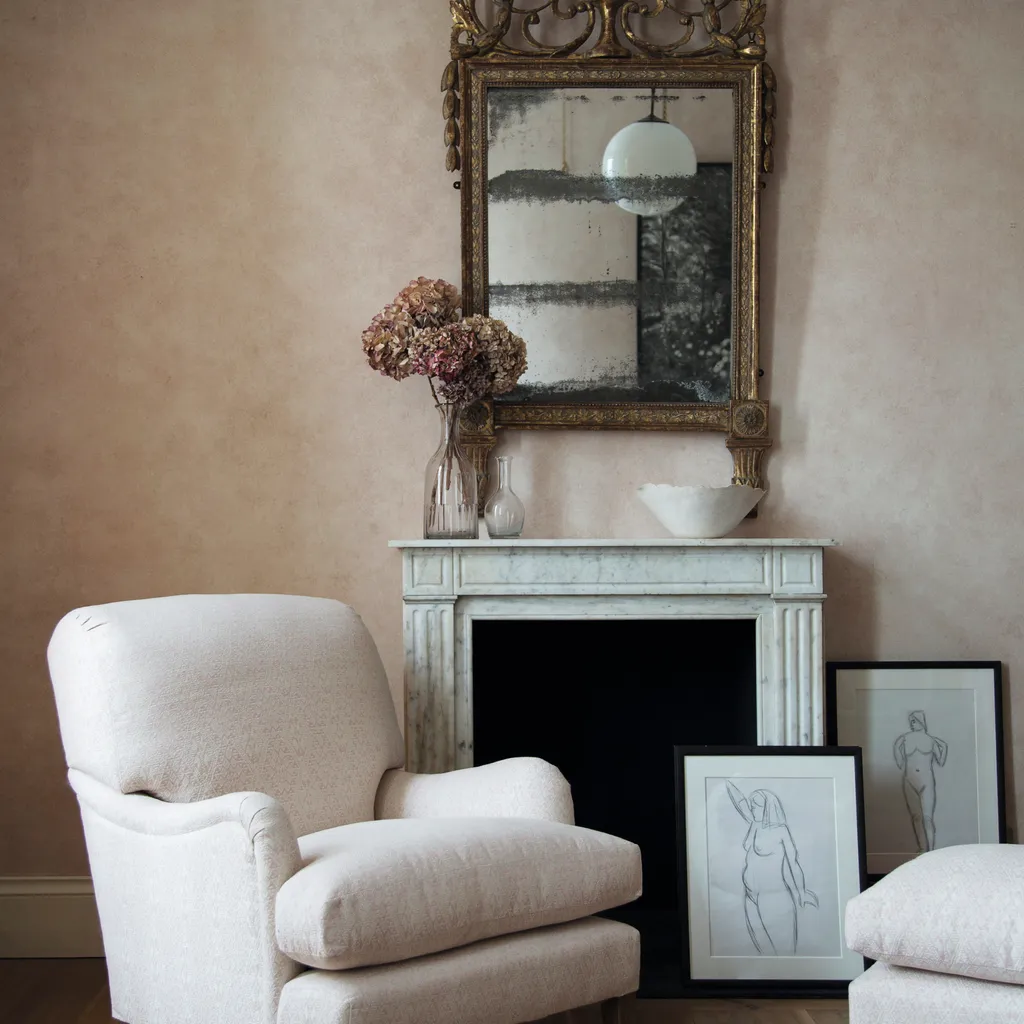
An antique mirror should belong in every home, be it a small looking glass, something ornate on the fireplace, or a giant mirrored screen propped on the floor. I like to think about how many stories that glass could tell – all the people and happenings it has reflected back over the years.
When I left home and began furnishing my own house for the first time, Itook an antique mirror with me as my only real piece of interior treasure. Needless to say, that collection has grown, and I now have many mirrors full of secrets and stories.
Clay bowls
Expert: Andreas Von Einsiedel, interiors photographer
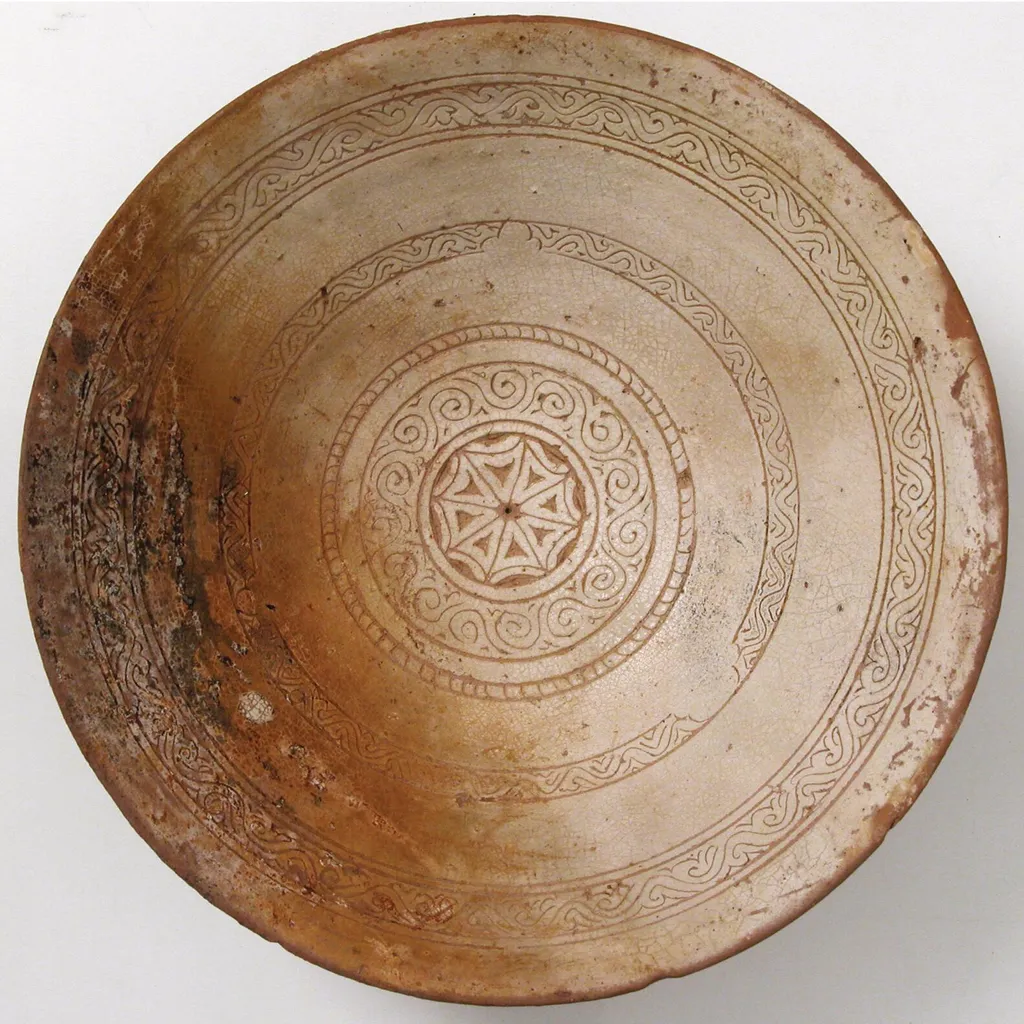
For me, the essential antique is the one well-loved piece that has accompanied you for many years. If you removed from our home the items we call antiques, we would not be left with much – perhaps two chairs.
Our house is filled with antiques, but the one our house could not be without is a small group of Byzantine clay bowls that were saved from a watery grave off an island in the Mediterranean. I brought them to the surface myself as a teenager many years ago. They were part of an entire cargo of similar bowls which, after the ship carrying them went down, sat on the bottom of the sea for 600-700 years.
As they were in stacks, the inside of the bowls are surprisingly well preserved, their glazing still intact in parts and the simple engravings clear, as if made yesterday. It is difficult to identify a single antique object – the art of creating an interesting home is about layering and combining objects, and no single piece will be able to achieve this on its own.
Crystal vase
Expert: Will Farmer, Antiques Roadshow expert & auctioneer at Fieldings
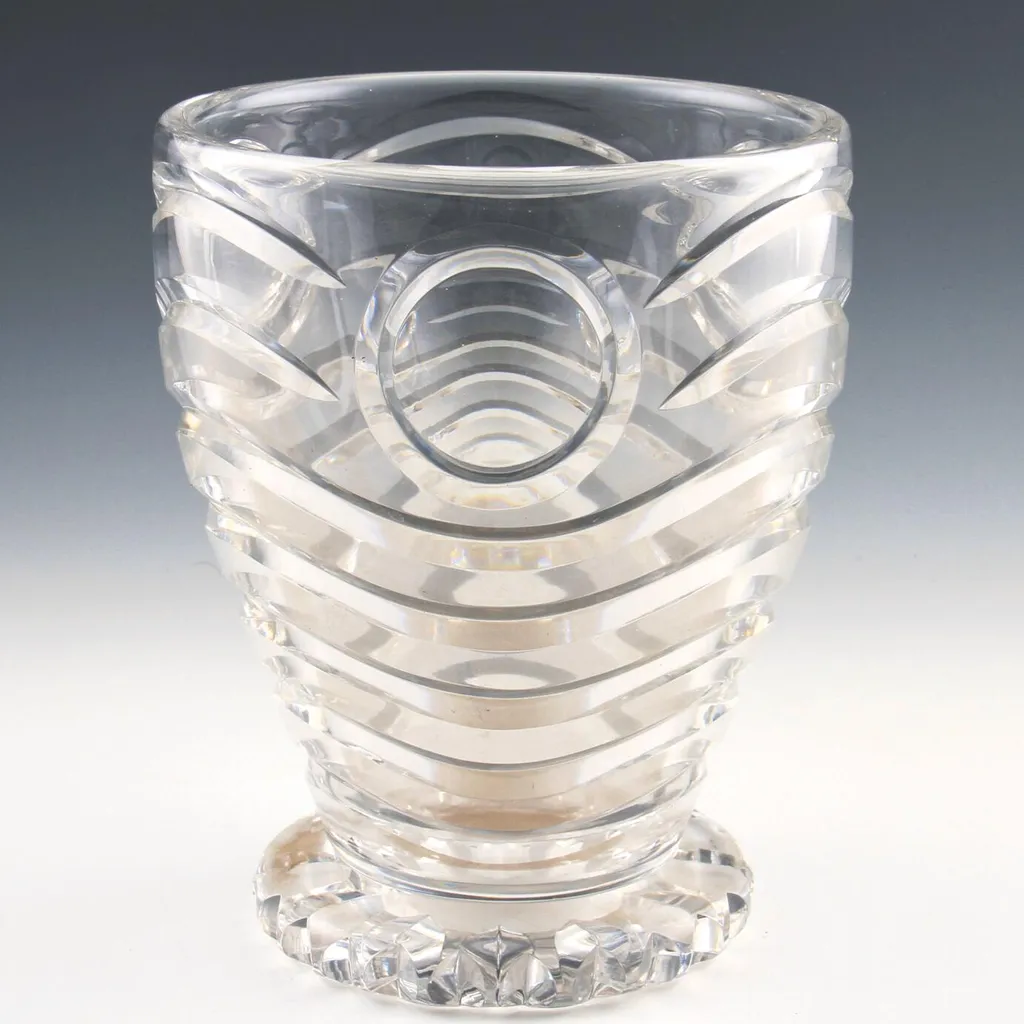
Every home should have a good crystal vase. I’m not talking about the traditional pieces that were the mainstay of many producers over the years, but the design-led examples created with fantastic flair from the 1930s to the 1960s. This is something of an Achilles heel for me, as I am incorrigible when it comes to my obsession with them. I have dozens, but in my defence I do use them.
I’ve long been a fan of 20th-century clear crystal glass, especially pieces made by the likes of Stevens & Williams, Webb Corbett and John Walsh Walsh, whose output through the 20th century was immense. The pieces created during the 1900s by designers such as Keith Murray, Irene Stevens (vase pictured left) and John Luxton are so simple and stylish, and with their clean lines they are as contemporary today as they were decades ago.
They are also still out there to be found languishing in charity shops and antiques centres. Whether filled to the brim with cut flowers or grouped on a sideboard, they offer instant impact for little investment.
Library chair
Expert: Freya Simms, LAPADA chief executive
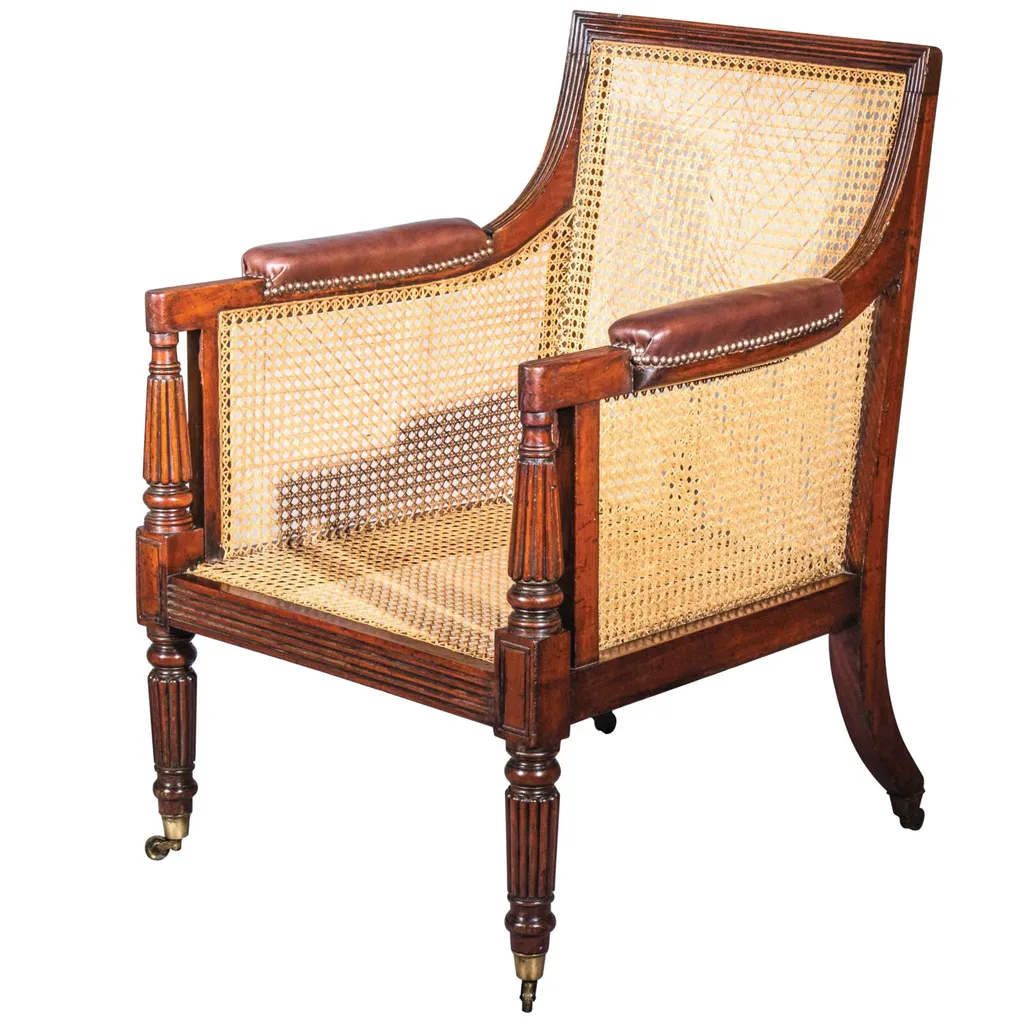
This is certainly a challenge as there is such a rich array of antiques to choose from. However, as a big reader, the one antique I personally think every home should have is a comfortable and elegant library armchair that would look good in almost any room, and that is easy to accommodate in any home or space. I think I would choose this early 19th-century Gillows bergère – it’s quite the library armchair.
Mid-century Czech room divider
Ecpert: Lucy Ryder Richardson, Modern Shows co-founder
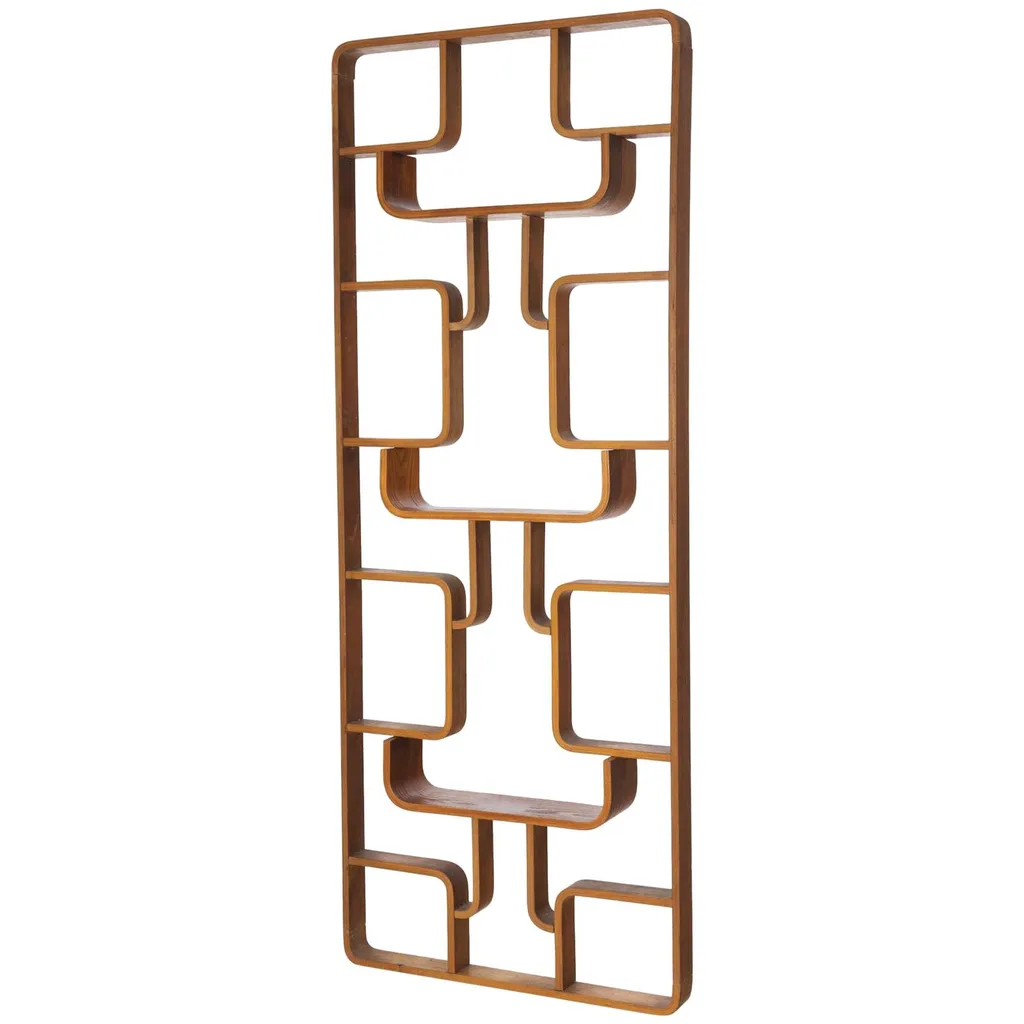
I’d pick a bent ply room divider or screen by Ludvik Volak as I love the versatility of them. I use them in a lot of styling and own three myself. They are so versatile – you can have them against a wall or between rooms with plants on. Czech pieces have risen as fast as the price of gold in recent years, but thankfully Modern Shows co-founder Petra Curtis and I started stockpiling these room dividers early. They were designed as both a shelving system and divider, and we especially like the earlier 1950s version with finger-jointed round corners, although these can be hard to find.
The later ones have square corners, some have feet that attach to both floor and ceiling, and I have even seen a Sixties mahogany-veneered version, which is rather lovely too. Lately, the screen that was originally dubbed claustra (which means cloister or barrier) has been having a comeback. You can have them either way up with curves facing up or down, make them look like doors each side of the centre of a room, or stagger them to divide up a large space. Create a mix of different textures by styling with plants, books, enamel bowls, candlesticks and ceramics.
Howard & Sons club armchair
Expert: Theodora Burrell, Antiques Roadshow expert and auctioneer at Lyon & Turnbull
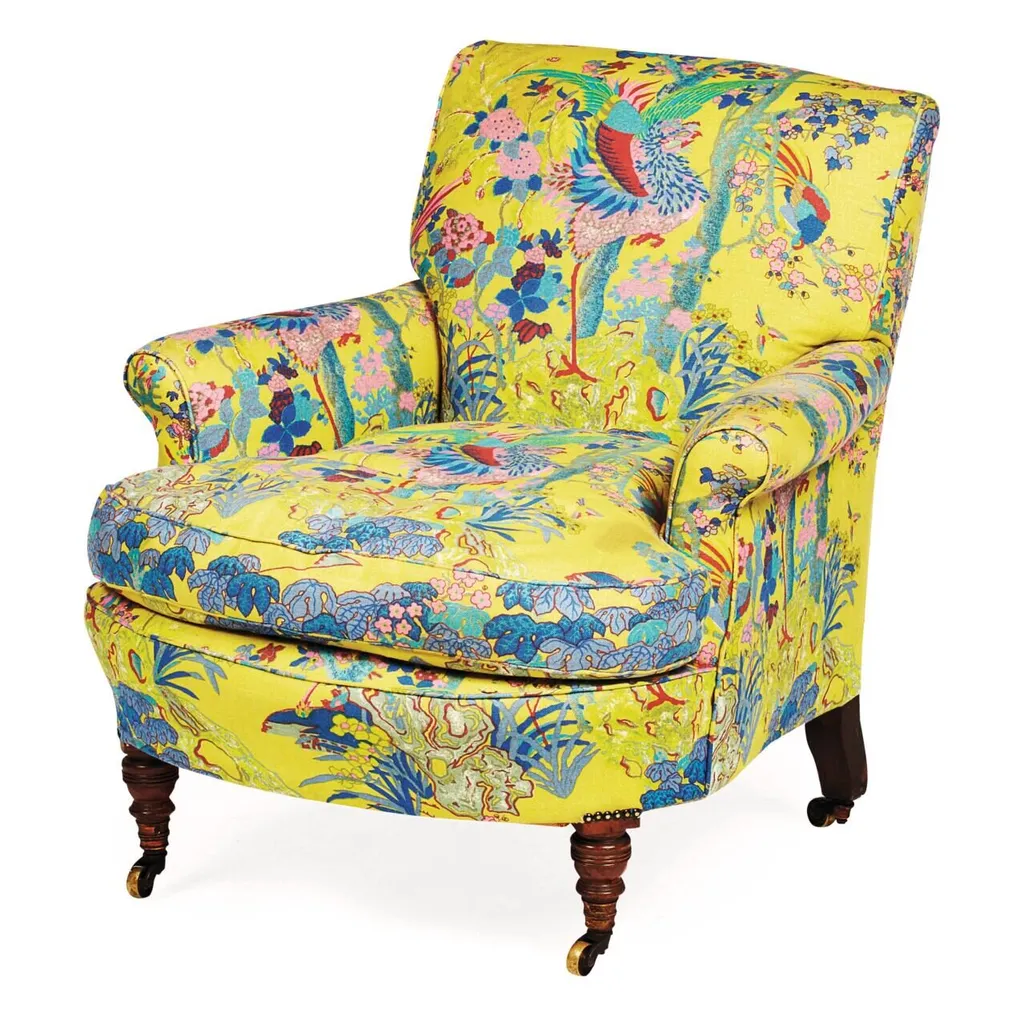
For me, the antique every home should have is without doubt a Victorian Howard & Sons armchair. Not only are they good traditional antiques, but I think they transcend the decades and are permanently fashionable.
Whether used as a comfy bedroom chair, or in pride of place in a drawing room, the wide plump seats and upholstered arms offer comfort while being effortlessly stylish. The company is synonymous with good quality and has been trading since the 1820s. Chairs, of course, can be updated with contemporary fabric, such as this one, which Lyon & Turnbull sold for £1,600.
Windsor chair
Expert: Max Rollitt, antiques dealer, furniture maker and interior designer
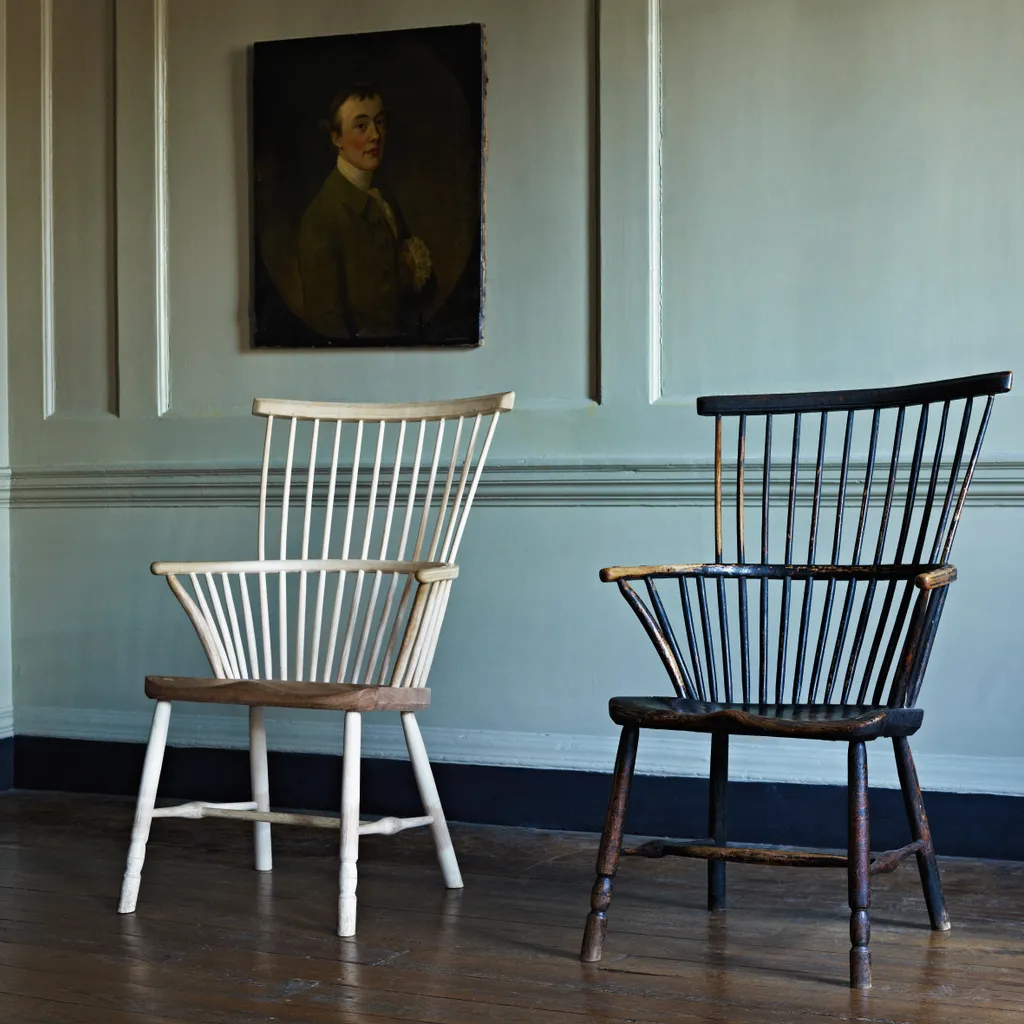
The Windsor chair was, according to rumour, originally devised as a very upmarket garden chair in the early 1700s and gradually evolved into the country chair we now know. Its charm is in its comfort – it’s a forgiving chair made using English native hardwoods such as ash, elm, oak and beech that will fit into any scheme. It brings together all of the traditional country skills of the wheelwright, the bodger and the cabinetmaker.
We make a bespoke version of the Windsor chair using the traditional techniques, and James Mursell of The Windsor Workshop and Jason Mosseri of Hope Springs Chairs run courses on Windsor chairmaking to keep these skills alive.